How to pinch tomatoes?
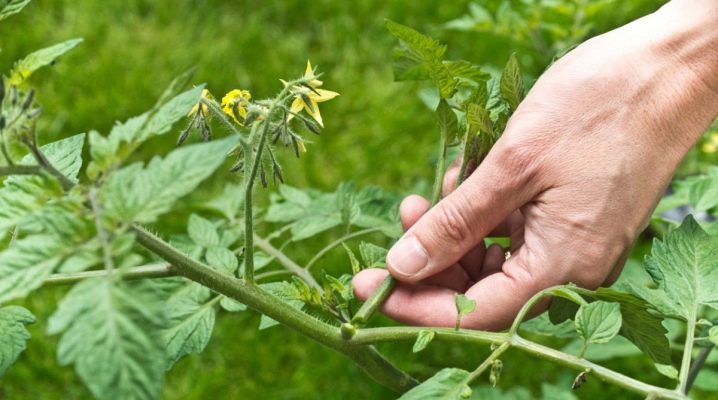
Nowadays, such popular vegetables as tomatoes of all kinds can be found in the beds of almost every gardener. Of course, each of them strives to get the most abundant and high-quality harvest at the same time. It is no secret that agricultural technology in this case provides for the constant care of plants, which has a whole list of features and subtleties. And in this case we are talking not only about regular watering and feeding.
It is equally important to know how to properly pinch tomatoes. Unfortunately, novice gardeners often neglect this procedure, without the appropriate theoretical knowledge and practical experience.

What it is?
First of all, it should be noted that stepchildren are additional processes (shoots). They form in the grooves of the leaves of tomato bushes, that is, between the leaf and the main stem (trunk) of the plant. In this case, the pinching itself is agrotechnical procedure, which is aimed primarily at maximizing the yield of vegetable crops.
Removing excess shoots allows the tomato bushes to form properly. At the same time, the emphasis should be placed on creating favorable conditions for the active development of ovaries. The essence of such processing lies in the fact that when removing excess shoots, all energy is directed exclusively to the development of flower brushes and the subsequent formation of fruits.
As a result, the quantity, size and quality of the latter are significantly increased.
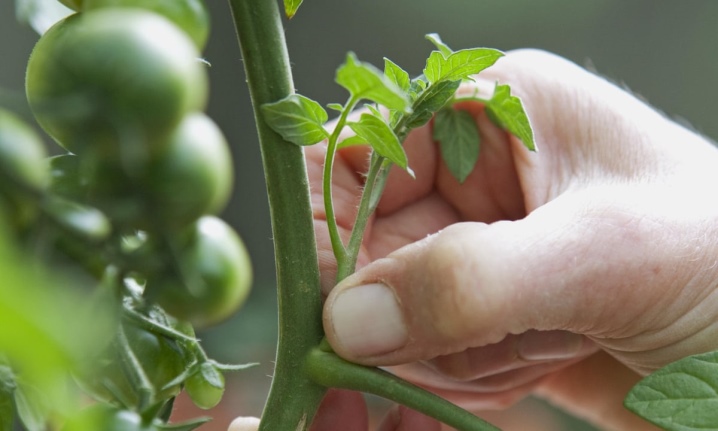
If these extra shoots are not cut off, the plant will grow abundantly. As a result, with a large volume of tops, there is a small number of flowering brushes, and therefore, the fruit set. In addition, the tomatoes themselves will grow relatively small. An equally important point is that excessive planting density often leads to the emergence and active development of fungi and other infectious plant diseases. By the way, some varieties of tomatoes in such conditions do not have time to fully reveal their potential.
Analyzing all the features of the described procedure, it is important to take into account that they are determined by the tomato variety... And above all we are talking about determinate, indeterminate varieties of tomatoes, as well as hybrids. As a rule, all the necessary information is placed on the seed packages.
Depending on the species, a bush is formed, and therefore pinching is also performed.
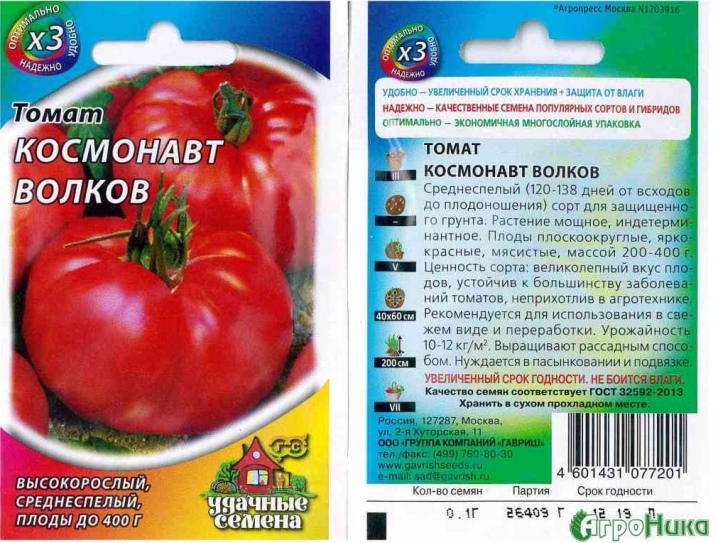
Many vegetable growers these days prefer to grow most crops, including, of course, tomatoes, in greenhouse conditions. This approach has a whole list of advantages and, first of all, allows you to maximize the harvest time (up to the first autumn cold snaps). However, even in such cases, one of the mandatory points of plant care should be pinching, which provides:
- correct formation of tomato bushes of any varieties;
- increasing plant resistance to most dangerous diseases, including those that can lead to their death;
- acceleration of fruit ripening;
- maximum yield increase.
It turns out that pinching tomatoes is relevant for growing vegetables both outdoors and in greenhouses or greenhouses.

Timing
In the overwhelming majority of cases, the first stepchildren appear on seedlings. Based on this, when forming different groups of shoots, it is necessary to start removing excess shoots immediately after planting tomatoes in the ground. It is worth noting that during this period, all lateral processes are thin and short. Plants usually tolerate their loss painlessly.
By itself, the described procedure is quite laborious and requires certain skills. This is especially true in cases where it is necessary to cultivate a large number of bushes at the same time.
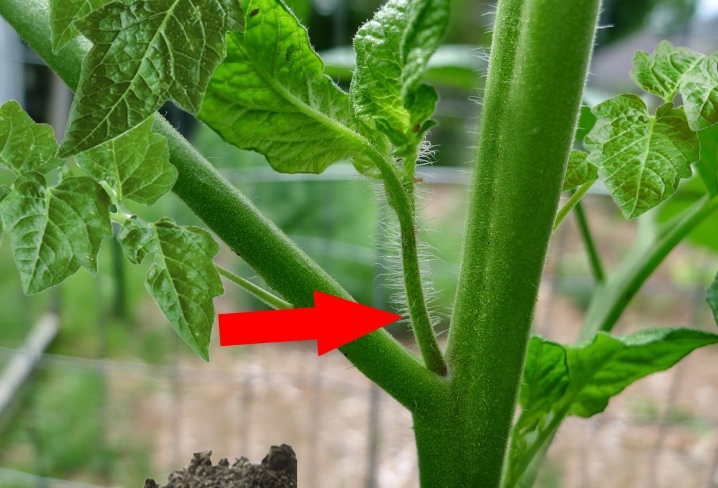
Taking into account all the nuances, pinching should be carried out in a timely manner and in compliance with certain rules. So, for example, experienced vegetable growers and experts advise to cut off shoots in the morning. It has been proven that shoots break off more easily before lunchtime, and wounds on plants heal faster. The optimal time interval is between 9 and 11 am.
It is also important to remember that growing tomatoes must be inspected at least once a week in order to identify new shoots, which must be cut off in a timely manner. Plucking off large shoots will be painful for the plant, which, in turn, can negatively affect the growth of the bush and yield. In a greenhouse, stepchildren are removed every 6-8 days.
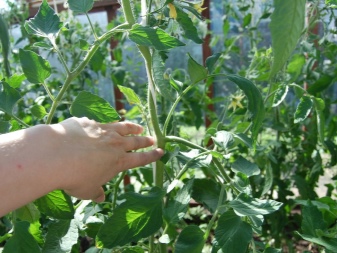
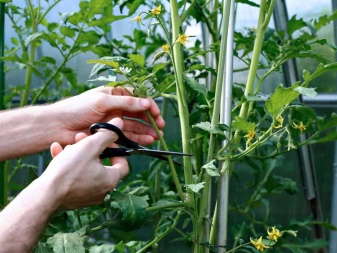
If tomatoes grow in open ground, such manipulations are repeated at intervals of 10-12 days.
To ensure a good harvest, pinching will have to be carried out throughout the summer period.... This can significantly increase not only the quantity, but also the size and quality of future fruits. As many years of practice show, unnecessary stepchildren begin to appear more actively and grow more intensively after the formation of the first inflorescences.
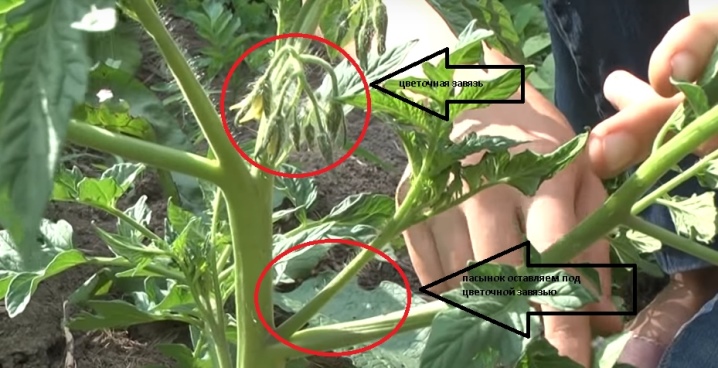
Schemes by number of stems
Modern vegetable growers in practice use several methods of pinching tomatoes. In this case, the main difference between the existing schemes is the number of stems left during the formation of bushes. It should be remembered that regardless of the option chosen, the phased removal of stepchildren and pruning of leaves must be carried out according to general rules.
First of all, it means that the overgrowth is removed before it has time to grow up to 3-5 cm in length.
Elimination of thick processes that are already beginning to get stronger will lead to the formation of sufficiently large wounds that will take longer to heal.
In addition, it should be borne in mind that when maintaining bushes of 2 or 3 stems, the ripening dates and, therefore, harvesting will shift.
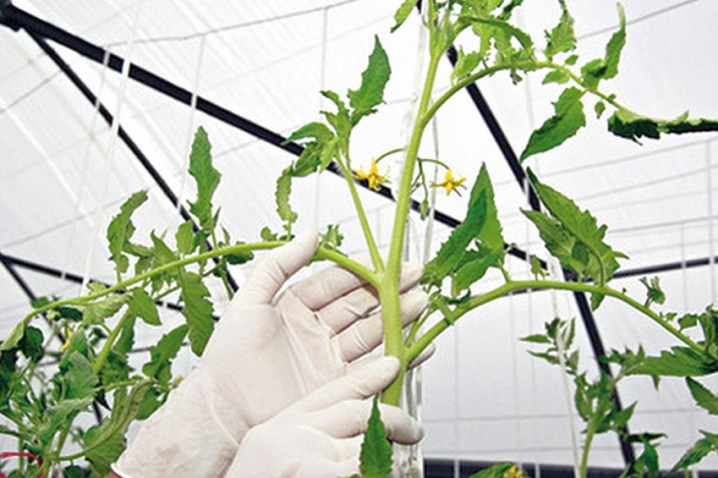
1 stem
In practice, most often when growing tomatoes in greenhouses and greenhouses, bushes are formed into one stem. By the way, it is this method of plant cultivation that is recommended for early varieties of tomatoes. The list of its clear advantages includes:
- the possibility of increasing the density of planting of plants, and, consequently, the yield of the crop;
- maximum access of light, it is necessary for the rapid growth and development of the bushes;
- good ventilation.
To form a bush in this way, it is necessary, after the opening of the first inflorescence, to remove the stepson located directly under this brush. Do the same with the lower leaves. After that, periodically (as a rule, at least once a week), new processes are cut off.
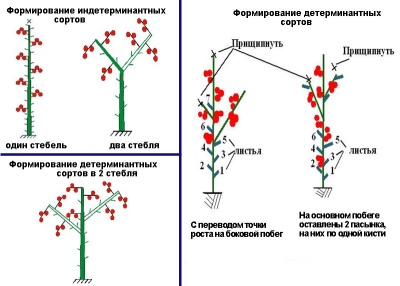
2 stems
This type of plant formation has its own characteristics. This, of course, is relevant for pinching. The main difference from the method of processing bushes described above is that when removing the shoots, one more is left.
All other branches must be carefully removed.
It is also important to remember that the extra lateral shoot must be the strongest. Moreover, it should be located under the first fruit brush.
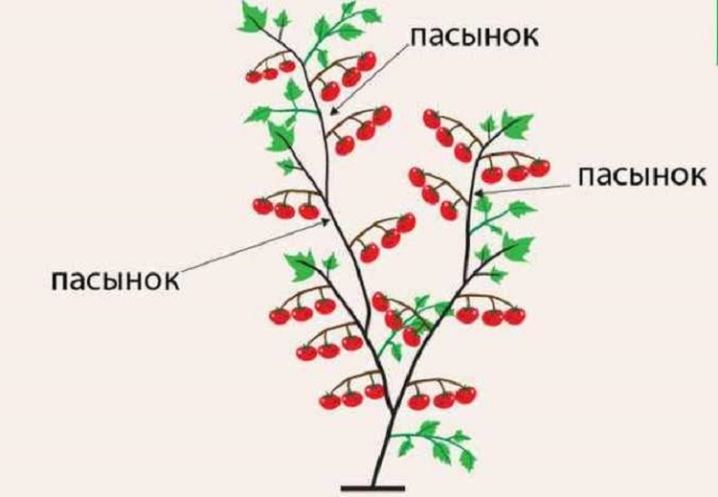
3 stems
It should be noted right away that this method is used much less often than the previous ones, and it is applicable, as a rule, when medium-sized varieties of tomatoes are formed. Initially, a bush of tomatoes is led into 1 stem until the formation of the first brush. At the next stage, it will be necessary to cut off all the stepsons, except for the two most powerful ones. It is important that 3-4 flower brushes remain on each shoot after the described removal. If there are more of the latter, then such negative consequences are possible as:
- inhibition of growth;
- decrease in yield;
- a significant reduction in the size of future fruits.
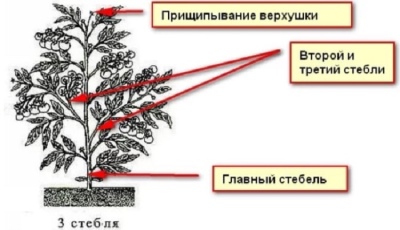
How to pinch correctly?
Now, in the vastness of the World Wide Web, you can easily find detailed instructions in which the entire procedure under consideration is described step by step, taking into account various schemes and varieties of tomatoes. When trimming (plucking) stepchildren, it is important to know what exactly needs to be removed. Due to lack of experience, it is quite possible to cut off the flower brush, which will negatively affect the yield of the bush. To avoid such mistakes, it is necessary to carefully examine the plants as a whole and the processes themselves. The main differences between stepchildren:
- even the smallest lateral shoots have leaves, while rudiments of flowering are formed on the mentioned brushes;
- flower tassels never grow from the axils of the leaves, they develop directly from the stem of the plant.
If there are difficulties with determining the nature of the overgrowth, it is best not to touch it for a day, after which the difference will become obvious.
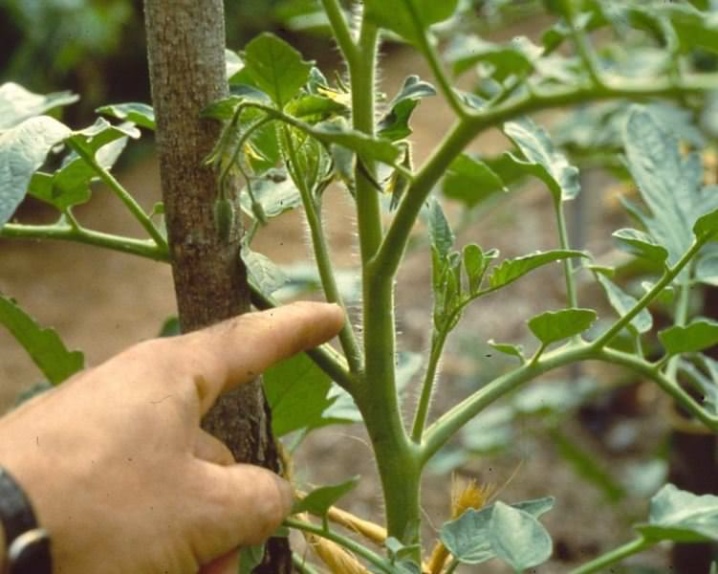
As soon as unnecessary objects are identified and the dates for pinching are established, it will be necessary to take care of the availability of an appropriate tool. Shoots can be removed with a pruner or sharp scissors. However, more often than not, experienced gardeners simply pinch them off with their fingers. It is recommended to use rubber gloves when doing this.
If, nevertheless, the mentioned tool is used, then it should be properly sharpened and thoroughly disinfected. The second manipulation is repeated after processing each bush.

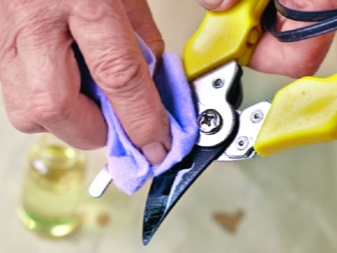
An effective remedy in this case will be a solution of potassium permanganate. Well done pinching is painless for tomatoes.
It is carried out taking into account the following key points.
- The scheme according to which the plant will be formed (1, 2, 3 shoots) is preliminarily determined, taking into account the conditions of keeping and the characteristics of a particular variety of tomatoes.
- At the next stage, the frequency of pinching is planned. It should be remembered that the length of the removed processes should not exceed 5 cm.
- It is important to choose the right time for trimming the leaves and pinching the stepsons themselves. It should be borne in mind that watering of the plants is stopped 3 days before the procedure.
- When removing shoots morning to evening the wounds have time to heal.
- Places of cuts (pinching) are recommended sprinkle with wood ash.
- In one go do not remove more than 3 processes.
- The final stage should be abundant watering of the treated bushes.
Removing stepchildren begins with larger specimens. They are separated from the mother bush so that a small stump remains.

The nuances of pinching taking into account the type of tomatoes
Considering the goals and significance of such a component of caring for growing tomatoes as pinching, it is necessary to pay attention to the groups into which these vegetables are divided, namely:
- determinant;
- indeterminate;
- semi-determinant.
The second type includes tomatoes, the growth of the bushes of which is practically unlimited. Such species, when grown, most often lead to one stem, taking into account that they have a lot of side shoots. When removing them, it is imperative to leave small (3-4 mm) hemp.
Otherwise, an outgrowth will appear in the same place. In addition, experienced vegetable growers recommend picking off the kidneys, so that no more than a dozen of the most developed ones remain.

Semi-determinant tomatoes - tall, can reach a height of almost 2 m... Such bushes are formed in 2 or even 3 stems, taking into account the scheme of their planting. In this case, it is not recommended to rush with the processing of stepchildren. It is worth removing shoots only when there is complete confidence that the plant will continue to develop.
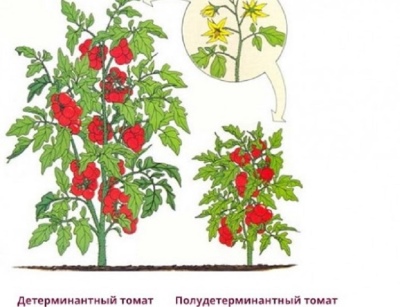
Determinants include undersized tomato varieties that require less maintenance in terms of cultivation. It means that pinching in this case is done much less often. However, it is highly undesirable to completely ignore this procedure. The best solution is to follow the recommendations of the seed supplier. And in particular, we are talking about two key rules of care:
- side shoots are removed in batches (no more than 5 pieces at a time);
- inflorescences are also subject to pinching (a maximum of 3 must be left).
It is important to remember that the main task of the gardener, who has chosen determinant types of tomatoes for planting, is to ensure the growth of the bushes not upwards, but in width.
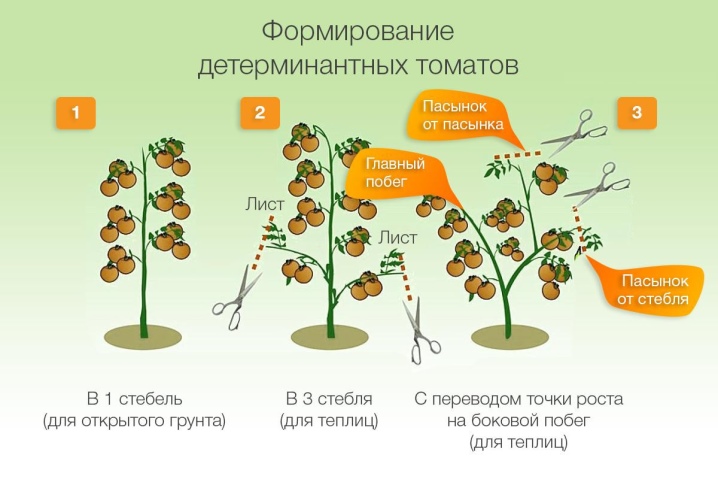
Taking into account all the above features, we can conclude that undersized varieties require minimal maintenance... But even in such situations, competent and timely pinching will significantly increase the volume and improve the quality of the future harvest. The main thing is to follow the basic rules of pruning and strictly adhere to the chosen scheme.

Works taking into account growing conditions
Today, tomatoes are grown almost anywhere, including on window sills in apartments. Naturally, care, including the procedure of pinching and shaping of stems, is determined by the peculiarities of the conditions of plant maintenance.... In principle, the described manipulations in situations where tomatoes are grown in open ground or in a greenhouse are not much different from each other.
The determining factor in this case is the variety of tomatoes that was planted in open beds. It is worth noting that most often on them you can find undersized (determinant) or medium-sized species. This is determined by the peculiarities of the stalk garter and the need for appropriate designs. In such situations, pinching is carried out according to a scheme involving the removal of shoots to the first fruiting brush. At the same time, two lateral shoots are preserved.
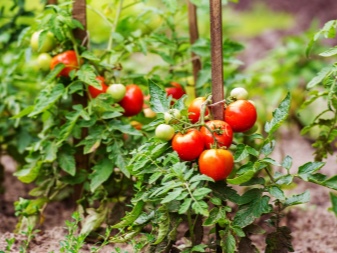
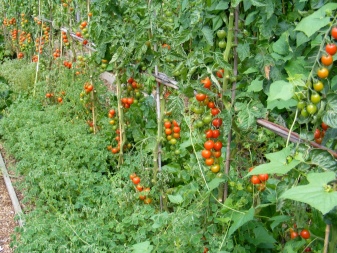
When breeding the described category of vegetables in greenhouses, that is, in greenhouses or greenhouses, it is important to take into account a whole list of features.
And in this case, we are talking primarily about the conditions for keeping tomatoes, as well as the characteristics of the structure itself. The most important are the following points.
- For the most efficient use of the entire greenhouse area and at the same time obtaining a bountiful harvest, indeterminate varieties of tomatoes are the best choice. In this case, the bushes must be formed into one stem, which should be taken into account in the process of pinching. When such plants reach a certain height, they are fixed on trellises and pinched the so-called growth points. It is important to get rid of all unnecessary lateral shoots in a timely manner.
- In some cases, indeterminants in the cultivation process lead with two shoots (stems)... This option is relevant for low greenhouse structures. It should be remembered that with such a formation of bushes, it is necessary to leave from 3 to 6 brushes on each of the stems.
- For the determinant types of the described vegetables, the best option would be cultivation, which provides for the creation of 2 or even 3 stems... In this case, the sprouts are left under the first and second brushes, and all the rest are removed. As soon as several fruitful flowering brushes are formed on the additional shoots, the main one is immediately pinched and immediately, as it were, transferred to an additional stem of the second order. It is worth noting that it is this moment that can be called one of the main differences between growing tomatoes in greenhouse conditions from breeding them in the open field.
- Subject to certain rules in greenhouses, it is possible to regulate the ripening period of the crop. In such cases, it becomes possible to leave a larger number of formed flower brushes on the developing tomato bushes. This, in turn, can significantly increase the yield of tomatoes. But it is worth considering that more thorough and labor-intensive care of the plants will be required, as well as additional fertilization. Unfortunately, in the open field, this approach to cultivation will not give the desired results.
- It is no secret that the choice in favor of early determinant and super-determinant varieties of tomatoes provides an opportunity to significantly reduce the periods of growth and ripening of fruits in a greenhouse. In this case, pinching will be most effective according to a certain scheme, which provides that no more than 4 fruit brushes remain on each bush. In this case, the seedlings are formed into one stem, the tops of the plants are pinched, and all lateral processes are cut off (cut off) in time.
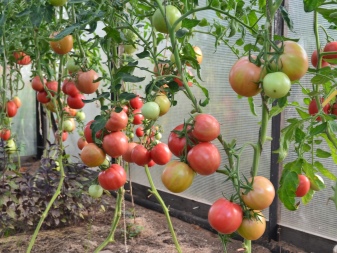
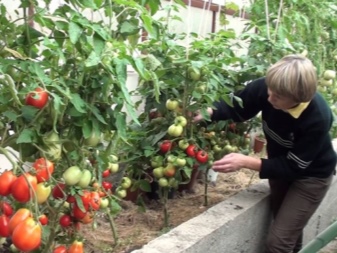
Summing up, we can say with complete confidence that cultivation of tomatoes of different varieties is a necessary process that has a number of important nuances. In this case, competent pinching of tomatoes will help to recoup all the time and labor costs with a rich and high-quality harvest. At first glance, such a procedure may seem daunting to beginners. However, having familiarized yourself with the goals and key rules, any vegetable grower can cope with it.












The comment was sent successfully.